Earlier this month, a colleague and I facilitated a workshop on measurement and evaluation for our friends at Social Innovation Forum. We emphasized three points:
- You can only improve on what is measured. We aim to shift the notion that measurement is only done to meet the demands of external stakeholders, such as funders and community partners. Measurement is important so that nonprofits and foundations can learn from their results and identify what is working and what can be improved to get closer to achieving their long-term goals.
- Go back to your K-12 science basics—start with a hypothesis. Clients come to us with measurement needs ranging across a wide spectrum of data paralysis—from having no idea what to begin measuring to collecting too much data. For clients at both ends of the spectrum and anywhere in between, we start with the development of hypotheses. To bring it back to science basics, think of all social impact work as science experiments, aiming to answer the question: what is the result of the organization’s activities on the community?
How To Build A Hypothesis
We asked a client working to improve the quality of early childhood care and education to think about the impact of their leadership training and community-building programs for early childhood educators and the connection that they believe their work has to that outcome. They concluded that the core of their model was this hypothesis: If early childhood educators receive leadership training and build supportive networks, then educators will feel empowered to lead change, stay in the field, and drive changes that positively affect the quality of care and education and the broader field. If this hypothesis were part of a middle school science fair project, the project might be entitled: “Do Supportive Networks Really Lead Educators to Stay in the Field?” An alternative title could be: “The Effect of Leadership Programs on Early Childhood Care Quality.”
- Focus on your key performance indicators. A regular review of a handful of key performance indicators can help you test and refine your hypotheses. Social impact organizations often have to collect all sorts of metrics to meet different funders’ and partners’ requirements. We help organizations hone in on the most useful indicators, those that will be key to understanding whether the work is making progress towards achieving their long-term goals.
How to Focus, Focus, Focus
The same client focused on early childhood education tracks over 150 data points across their various programs and initiatives. We helped them identify 10 indicators that they will commit to reviewing regularly to determine whether their activities are having the results that they have hypothesized.
Why aren’t more nonprofits following this approach? The biggest barrier we’ve seen is fear of failure. Some clients ask: What if measurement disproves the hypothesis? What if funders stop giving us money? Our work helps nonprofits and foundations shift to a more fundamental question, one that ensures both impact and donor retention: How can we build learning organizations1, where we can fail fast2 and leverage what we learn to build better programs?
1To read more about learning organizations, checkout the Wikipedia page on learning organizations.
2To read more about failing fast, check out this Forbes article that talks about “fast failures,” iterative learning, and innovation.

